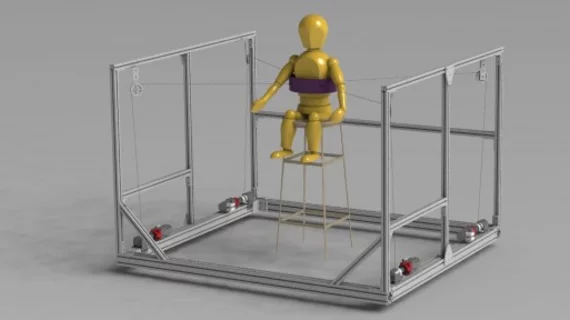Researchers develop new robotic device for spinal cord injuries
A new robotic device is capable of helping people with spinal cord injuries (SCIs) sit more stably and comfortably, according to new research published in Spinal Cord Series and Cases.
The Trunk-Support Trainer (TruST) was developed by researchers from the department of mechanical engineering at Columbia University in New York City. It is a motorized belt placed on the user’s torso, delivering force when they attempt upper body movements while sitting that they should not be attempting.
“We designed TruST for people with SCIs who are typically wheelchair users,” co-author Sunil Agrawal, PhD, said in a prepared statement. “We found that TruST not only prevents patients from falling, but also maximizes trunk movements beyond patients’ postural control, or balance limits.”
A personalized TruST belt was designed for five study participants. Using the Postural Star-Sitting Test, the researchers determined that the device improved the participants’ ability to reach in eight directions and “significantly expand the sitting workspace around their bodies.”
“The capacity of TruST to deliver continuous force-feedback personalized for the user’s postural limits opens new frontiers to implement motor learning-based paradigms to retrain functional sitting in people with SCI,” lead author Victor Santamaria said in the same statement. “We think TruST is a very promising SCI rehab tool.”

